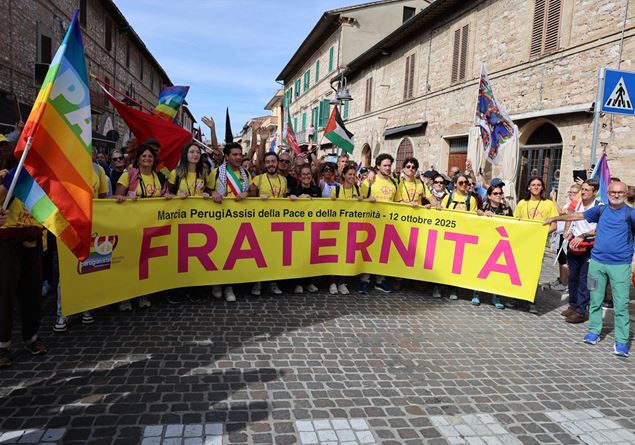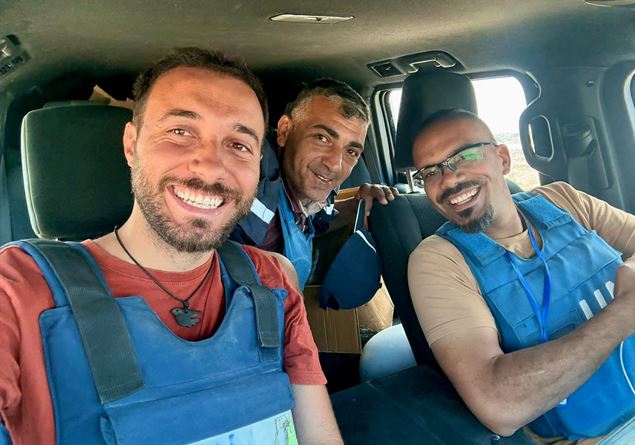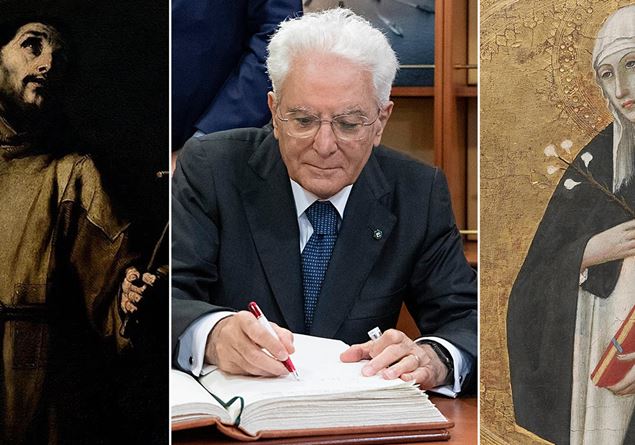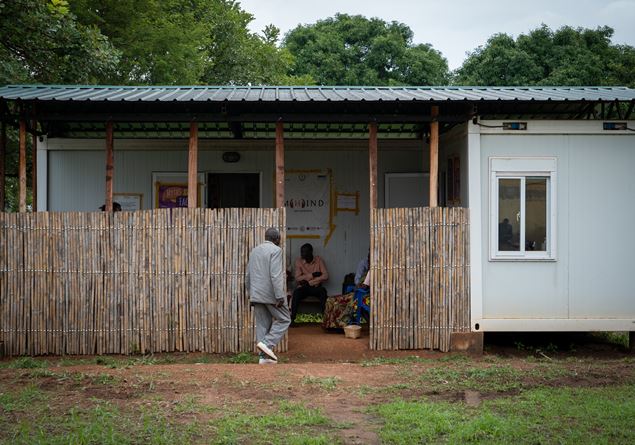On August 6, the Catholic and Orthodox Church celebrate the Transfiguration of Our Lord. Jesus chose to take some disciples with him to get on Mount Tabor to pray. Six days earlier he had told his disciples: “There are some of those present who will not die until they see the son of man coming to his kingdom” (Mt 16, 28) and here Pietro, Giacomo and Giovanni were chosen to attend the ineffable: Christ appeared in his glorious body. In fact, while praying, “his face changed his appearance and his role became candid and blatant” (Lk 9, 29) and two men, who also appeared in their glory, spoke with him of the fulfillment in the Jerusalem of his sacrifice: they were Moses and Elia who represented the law and the prophets. The episode is told by the Gospels of Matteo 17,1-8; Marco 9,2-8 and Luca 9,28-36.
Giovanni Bellini, La Transfiguration, Naples, National Gallery of Capodimonte.
Which Pope has decided to extend it to the universal Church?
The Roman liturgy read the evangelical song referring to the episode of the transfiguration on Saturday of the four thunderstorms of Lent, thus relating this mystery to that of the passion. The same Evangelist Matteo begins the story with the words: “Six days later” (that is, after the solemn confession of Peter and the first announcement of the passion), “Jesus took with him Peter, Giacomo and John, his brother, and led them over a high mountain, aside. And he transfigured in front of them: his face shine like the sun and his clothes became candid as light ».
In this episode there is a clear contrast to the agony of the Gethsemani garden. The transfiguration, which is part of the mystery of salvation, is well worthy of a liturgical celebration that the Church, both in the West as in the East, has however celebrated in various ways and on different dates, until Pope Callisto III in 1457 He raised the party of degree, extending it to the universal Church. Peter contributed to the widespread diffusion of the festival.
What is the interpretation of Sant’Agostino?
Sant’Agostino explains, in Speech 78that his clothes are his Church. «If the clothes were not kept tight by the one who wears it, they would fall. That there is strange if through the white dress the church is symbolized, since you hear from the prophet Isaiah: even if your sins were as scarlet, I will make white like snow there (Is 1, 18)? “. So even if the sins committed by church men were scarlet red, his bride would still have a candid and reluctant dress thanks to the sun, Christ. To this vision Peter expresses only human feelings, without supernatural thoughts: «Master, it is beautiful for us to be here. Let’s do three curtains, one for you, one for Moses and one for Elia “and, at this point, the evangelist Luca specifies:” He did not know what he said “; Pietro, the stone on which Christ would have built his Church, albeit in the face of the beauty of the Savior’s Majesty, uses earthly fees.
Sant’Agostino explains again: «It is beautiful for us, O Lord – he says – being here. He was annoyed by the crowd, he had found loneliness on the mountain; There he had Christ as the food of the soul. Why would he have to go down to return to the labors and pains while up there he was full of feelings of holy love towards God and who therefore inspired him a holy conduct? He wanted to feel good ».
In the face of Christ glorious Peter had found happiness and would no longer want to move from that place. The answer came while he still spoke: a cloud arrived and wrapped them and a voice came out: “These are my son, the elected; Listen to him “, the same voice he had heard when St. John the Baptist had baptized Jesus on the banks of the Jordan:” You are my favorite son, I pleased myself in you “(Mk 1,9-11).
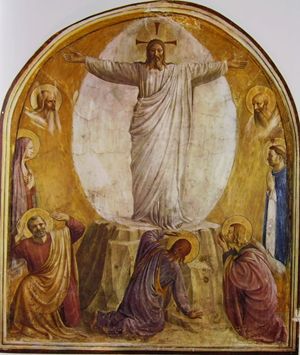
Blessed Angelico, transfiguration of Jesus
What is the mountain of the transfiguration?
A tradition already attested in the 4th century by Cirillo of Jerusalem and Girolamo, identifies the place where the transfiguration with the Monte Taborin Arabic GEBEL ET-TUR (“the mountain”). A round and isolated hill, about 600 meters high on the level of the surrounding valleys. It is on this with that the Byzantines will then build three churches that the anonymous Piacenza spoke that will visit them in 570. A century after Arculfo will find a large number of monks, and the commemoratorium de Casis dei (century IX) will mention the bishopric of the Tabor with eighteen monks at the service of four churches. Subsequently there will be the Benedictines who will also build an abbey, surrounding the buildings of a fortified belt.
Why is it celebrated on August 6th?
The transfiguration party according to some historians of the liturgy recalls the dedication of the basilicas of Mount Tabor. It was celebrated by the Nestorian Church already at the end of the fifth century and is documented in the seventh century in western Syria. THETo fixing the date of the party as of August 6, it depends on the fact that according to a tradition the episode of the transfiguration narrated by the Gospels would have occurred forty days before the crucifixion of Jesus. The feast of the exaltation of the Holy Cross on September 14 was already celebrated in the East, therefore the date of the transfiguration was established. In the West, the first testimonies of the party date back to the mid -9th century (Naples, Germanic countries, Spain). Subsequently in the 10th century in France and in the 11th and twelfth centuries also in Rome in the Vatican Basilica.








